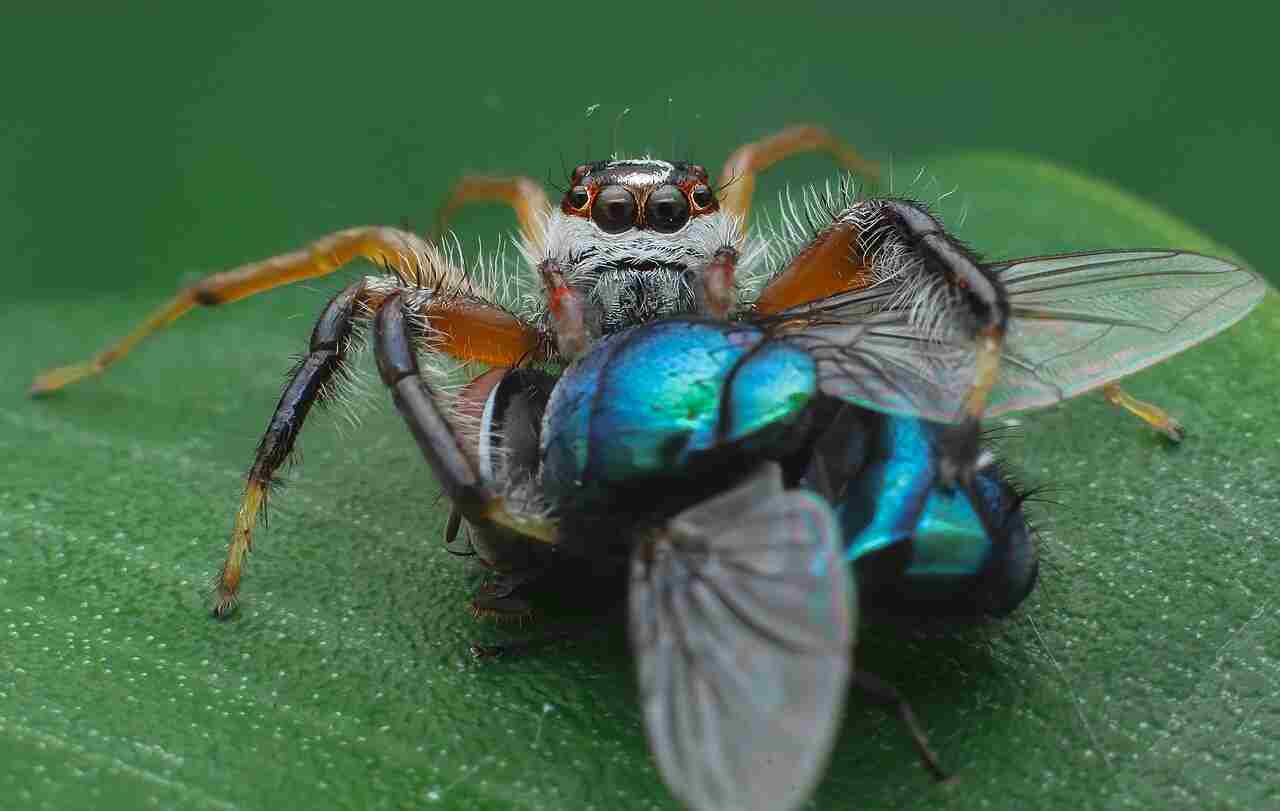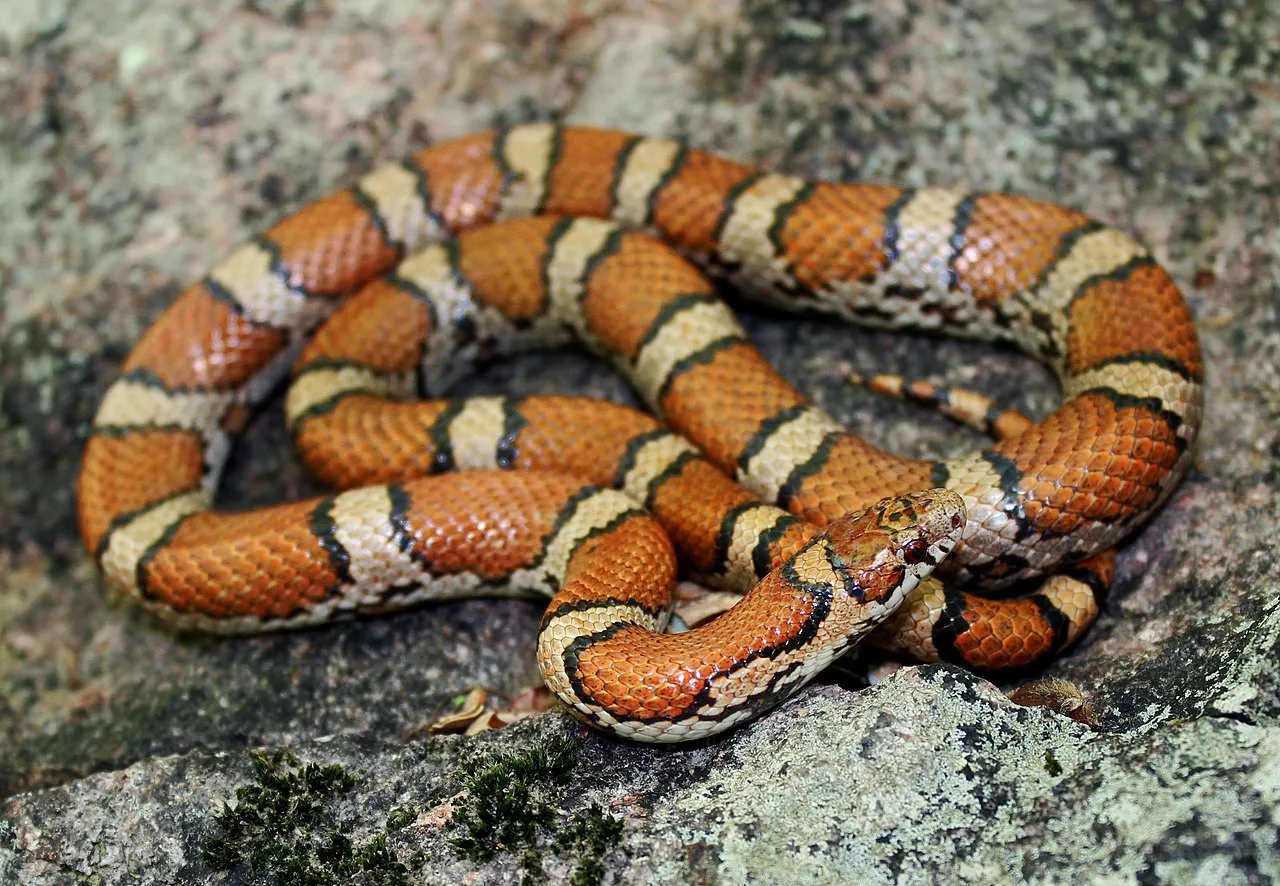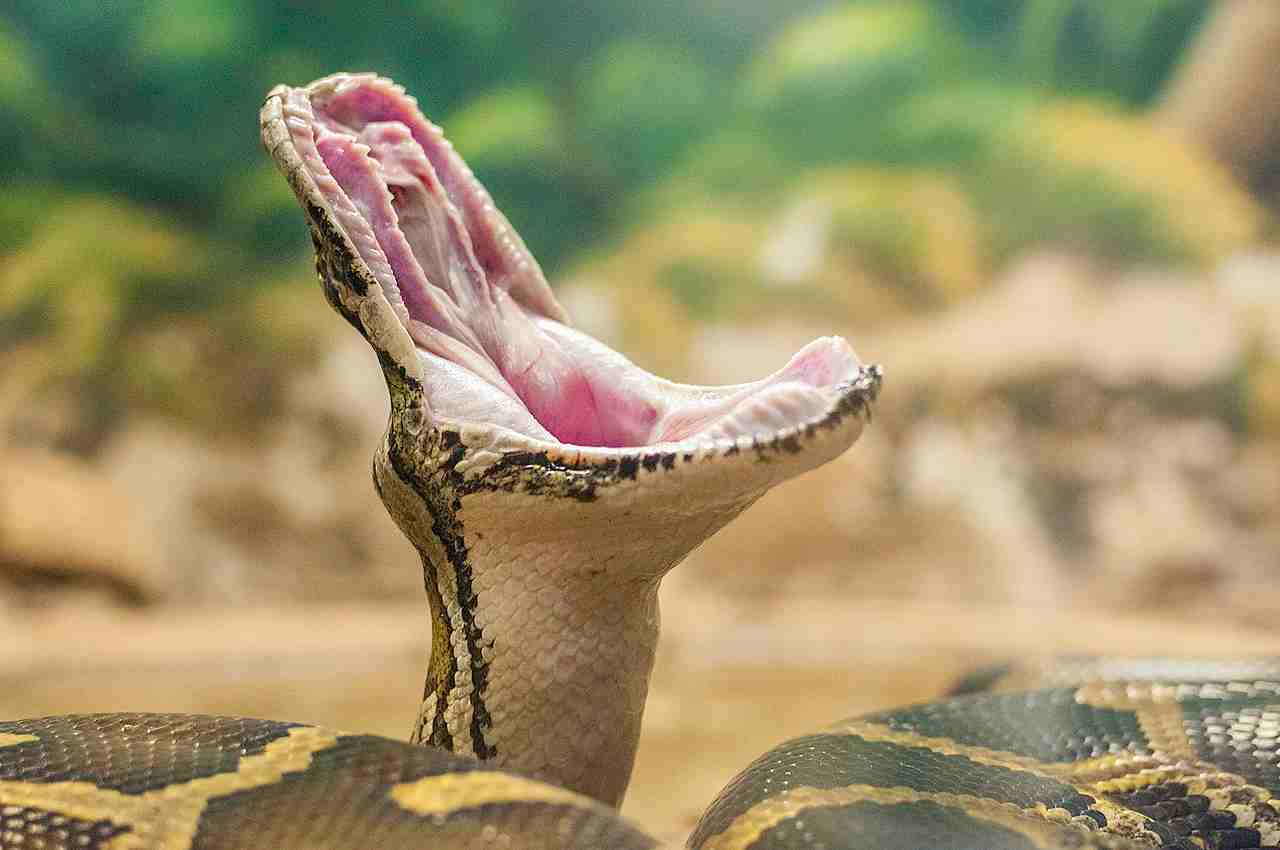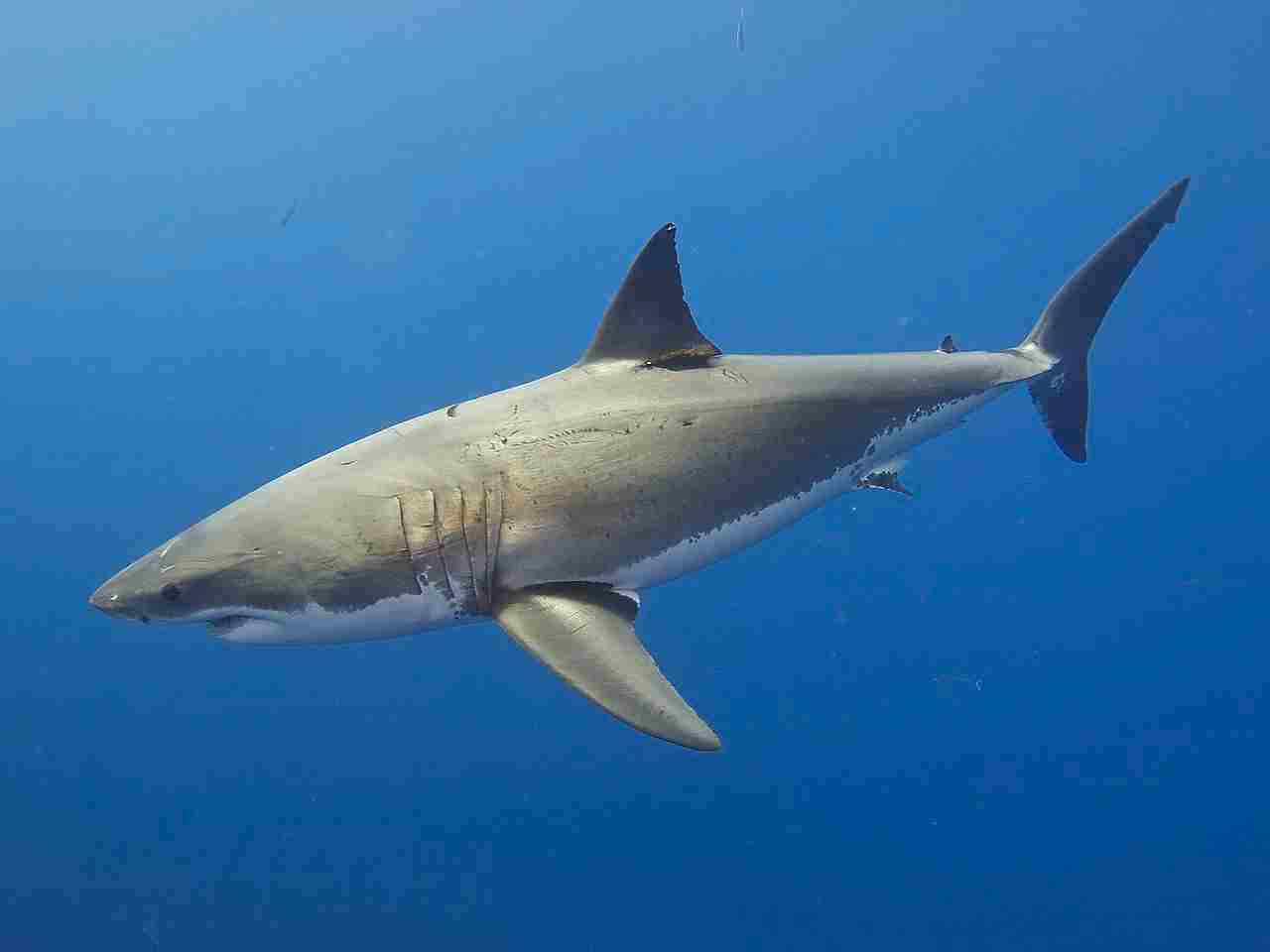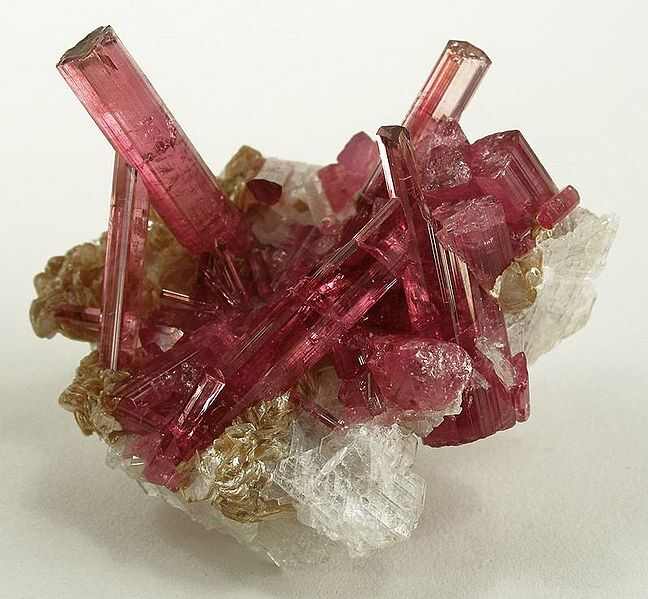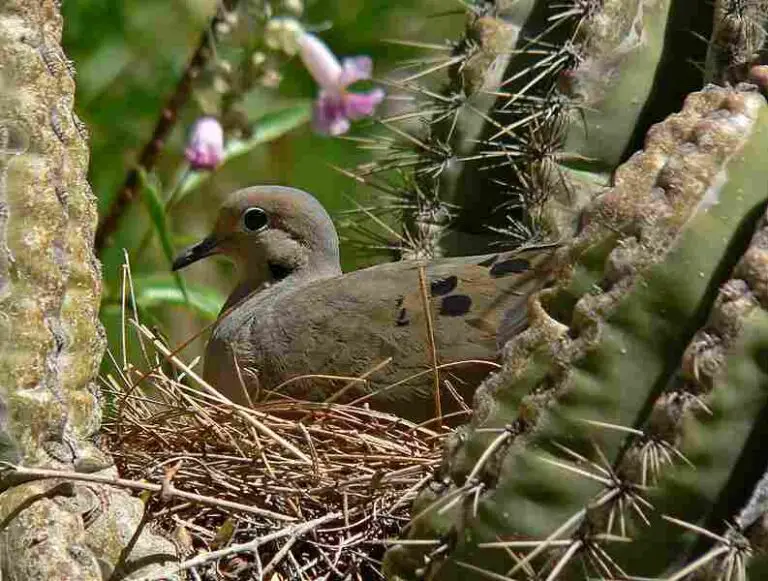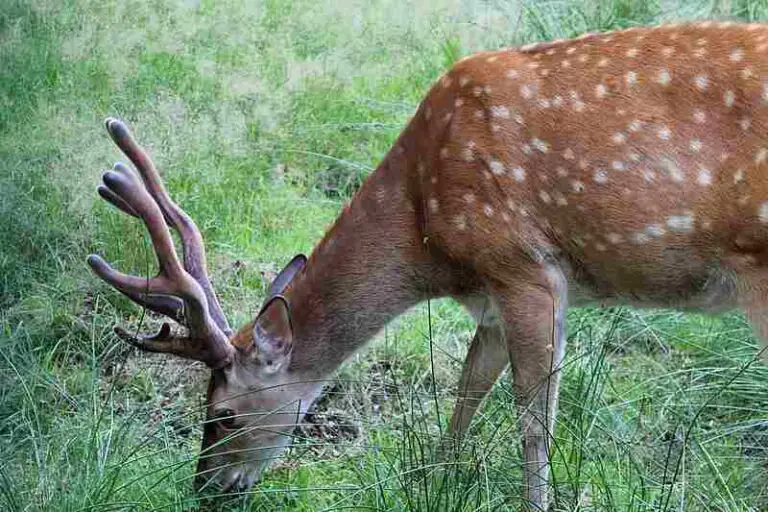23+ Dangerous Animals In Australia And Their Characteristics
Dangerous animals in Australia include the saltwater crocodile, known for its size and aggression, and the eastern brown snake, which has highly potent venom. The box jellyfish and the Irukandji jellyfish are extremely venomous marine creatures that can cause severe pain and cardiac complications. Among the spiders, the redback and funnel-web are the most dangerous, while the great white shark and bull shark are significant threats in coastal waters. Additionally, the cone snail, with its potent neurotoxins, and the cassowary, a large flightless bird with formidable legs, are also notable for their dangers.
1. Saltwater Crocodile
The saltwater crocodile (Crocodylus porosus), also known as “saltie,” is the largest and most dangerous of all crocodilian species, found across northern Australia in estuaries, rivers, and coastal regions. These formidable reptiles can grow up to 23 feet in length and weigh over a ton, making them apex predators in their habitats. With powerful jaws, rapid speed both in water and on land, and a notoriously aggressive disposition, saltwater crocodiles are responsible for several fatal attacks on humans each year. Their ability to remain hidden and strike with lightning speed makes them particularly dangerous, often attacking without warning. Despite their fearsome reputation, they play a crucial role in their ecosystems, and their conservation is vital for maintaining the ecological balance in their native regions.
2. Eastern Brown Snake
The eastern brown snake (Pseudonaja textilis) is one of the most venomous snakes in Australia, known for its aggressive behavior and potent venom. Found across eastern and southern Australia, this snake is often encountered in suburban and rural areas, posing a significant risk to humans. The venom contains neurotoxins and blood coagulants, which can lead to paralysis, internal bleeding, and death if not treated promptly. Despite its dangers, the eastern brown snake plays a key role in controlling rodent populations.
3. Redback Spider
The redback spider (Latrodectus hasselti) is a highly venomous arachnid commonly found throughout Australia, especially in urban areas. Recognized by its distinctive red stripe on the female’s back, this spider’s bite can cause intense pain, nausea, and muscle spasms. Although antivenom is available, severe reactions can occur, making the redback spider a notable threat to humans. They often build their webs in sheltered, dark areas, increasing the risk of accidental contact.
4. Funnel-web Spider
The funnel-web spider (Atrax robustus) is among the most dangerous spiders in Australia, with a potent neurotoxic venom. Native to eastern Australia, particularly the Sydney region, these spiders are known for their aggressive defense mechanisms. The male funnel-web’s bite can lead to severe symptoms like muscle spasms, respiratory distress, and even death if not treated promptly with antivenom. Their unique funnel-shaped webs are often found in moist, sheltered areas, which can increase the risk of human encounters.
5. Box Jellyfish
The box jellyfish (Chironex fleckeri) is considered one of the most dangerous marine creatures in Australia due to its powerful venom and deadly tentacles. Found in the warm coastal waters of northern Australia, it is responsible for several fatalities. The venom can cause intense pain, cardiac arrest, and respiratory failure within minutes. Swimmers and divers are advised to exercise caution in known habitats and wear protective clothing to avoid potentially fatal encounters with the box jellyfish.
6. Great White Shark
The great white shark (Carcharodon carcharias) is a formidable predator found in the coastal waters of southern and western Australia. Known for their size, speed, and powerful jaws, these sharks are responsible for the majority of shark attacks on humans. Despite their fearsome reputation, great white sharks are vital to marine ecosystems, controlling prey populations and maintaining balance. However, their presence near popular beaches and surfing areas necessitates safety measures to protect both humans and these remarkable creatures.
7. Tiger Shark

The tiger shark (Galeocerdo cuvier) is a large, aggressive species found in warm coastal waters around Australia. Notorious for its indiscriminate diet, the tiger shark has a history of attacking humans, making it a significant threat to swimmers and surfers. Its robust build, sharp teeth, and strong swimming capabilities make it a formidable predator. While their attacks are rare compared to other dangers in the ocean, the tiger shark’s presence near populated beaches requires caution and respect for this apex predator.
8. Bull Shark
The bull shark (Carcharhinus leucas) is unique among shark species because of its ability to thrive in both saltwater and freshwater environments. Found in rivers, estuaries, and coastal regions across Australia, bull sharks are known for their aggressive nature and territorial behavior. This adaptability makes them one of the most dangerous sharks to humans, as they often venture into areas where people swim or boat. Their powerful jaws and unpredictable behavior require caution, especially in waters known to be frequented by bull sharks.
9. Blue-ringed Octopus
The blue-ringed octopus (Hapalochlaena spp.) is a small but extremely venomous cephalopod found in tide pools and shallow waters around Australia. Despite its small size, it contains a powerful neurotoxin called tetrodotoxin, capable of causing paralysis and death. The octopus’s distinctive blue rings serve as a warning when threatened, but its small size and camouflage can make it difficult to spot. While bites are rare, they can be fatal if not treated quickly, underscoring the need for awareness and caution when exploring coastal areas.
10. Stonefish
The stonefish (Synanceia spp.) is one of the most venomous fish in the world, found in the warm coastal waters of Australia. Its unique appearance, resembling a rock or coral, allows it to blend into its surroundings, making it easy for swimmers to accidentally step on it. The stonefish’s dorsal spines inject venom that can cause intense pain, swelling, and, in severe cases, heart failure. Although antivenom is available, quick medical attention is crucial for those stung by a stonefish. Its remarkable camouflage makes it essential for beachgoers to exercise caution in rocky or reef areas.
11. Inland Taipan
The inland taipan (Oxyuranus microlepidotus), also known as the “fierce snake,” is the most venomous snake in the world, with a single bite containing enough venom to kill multiple people. Found in remote areas of central Australia, this elusive snake’s venom is rich in neurotoxins and hemotoxins, leading to paralysis and internal bleeding. Although it is rarely encountered due to its reclusive nature, the inland taipan’s potency makes it a significant threat when bites do occur. Its role in controlling rodent populations is crucial, but caution is necessary when venturing into its habitat.
12. Coastal Taipan
The coastal taipan (Oxyuranus scutellatus) is another highly venomous snake found in northeastern Australia, including coastal regions and rainforests. Known for its aggressive behavior and quick strikes, the coastal taipan’s venom contains neurotoxins that can cause respiratory paralysis and death if not treated promptly. This snake’s speed and agility make it a formidable predator, but its attacks on humans are relatively rare. Nonetheless, its potential danger necessitates careful awareness when exploring its habitats.
13. Death Adder
The death adder (Acanthophis spp.) is a venomous snake found across Australia, known for its unique appearance and rapid striking ability. It has a broad, triangular head and a thick body, resembling a viper. The death adder’s venom contains neurotoxins that can cause paralysis and respiratory failure. Although bites are rare, they can be life-threatening without prompt medical treatment. Its ambush hunting technique, lying in wait and striking quickly, requires careful observation in snake-prone areas to avoid accidental encounters.
14. Mulga Snake (King Brown)
The mulga snake (Pseudechis australis), also known as the king brown, is a large venomous snake found in central and northern Australia. Although its venom is less potent than some other Australian snakes, the mulga snake compensates with a high venom yield, which can cause severe muscle damage and internal bleeding. Known for its robust build and relatively docile nature compared to other dangerous snakes, the mulga snake plays a role in controlling pest populations. However, caution is advised when encountering these snakes due to their significant venom output.
15. Tiger Snake
The tiger snake (Notechis scutatus) is a highly venomous snake found in various regions of southern Australia, including coastal areas and islands. Recognized by its distinct banded pattern, this snake’s venom contains neurotoxins and coagulants, leading to paralysis and internal bleeding if not treated quickly. Tiger snakes are responsible for many snakebites in Australia due to their proximity to populated areas. Although they are generally shy, they can become aggressive when threatened, making it essential to maintain a safe distance when encountered.
16. Blue-bellied Black Snake
The blue-bellied black snake (Pseudechis guttatus) is a venomous snake found in northern Australia, known for its glossy black scales and distinctive blue belly. Despite its striking appearance, this snake is highly venomous, with a bite that can cause severe pain, paralysis, and respiratory distress. The blue-bellied black snake is typically found in grasslands and open forests, and while it generally avoids humans, it can become defensive when threatened. Caution and awareness are crucial when exploring areas where this snake resides.
17. Dugite
The dugite (Pseudonaja affinis) is a venomous snake found in southwestern Australia, often in rural and suburban areas. It is closely related to the eastern brown snake and shares its potent venom, which can cause paralysis and coagulation disorders. The dugite’s slender body and varying coloration make it difficult to spot, increasing the risk of accidental encounters. While it generally avoids human interaction, it can be aggressive when cornered or threatened, making it one of the more dangerous snakes in its range.
18. Eastern Diamondback Rattlesnake
The eastern diamondback rattlesnake (Crotalus adamanteus) is a highly venomous snake native to southeastern Australia. Known for its distinctive rattling sound and diamond-patterned scales, this snake’s venom can cause severe tissue damage, internal bleeding, and death without prompt medical intervention. Although it prefers to avoid humans, its defensive behavior, including rattling and striking, can lead to dangerous encounters. Awareness of its habitat and behavior is crucial to avoid potentially deadly bites.
19. Bull Ant
The bull ant (Myrmecia spp.) is a large, aggressive ant species found throughout Australia, known for its powerful mandibles and painful sting. These ants are highly territorial and can deliver a venomous sting that causes intense pain and swelling. In some cases, allergic reactions to the venom can lead to anaphylaxis, a life-threatening condition. Bull ants are commonly found in forests and gardens, often building large nests. Caution is necessary when working or walking in areas where these ants are prevalent to avoid painful and potentially dangerous stings.
20. Cassowary
The cassowary (Casuarius spp.) is a large, flightless bird found in the rainforests of northern Australia. Known for its vibrant blue and black plumage and distinctive casque on its head, this bird is also infamous for its aggressive behavior and powerful legs. The cassowary’s long claws can cause serious injuries, and it is capable of delivering swift, forceful kicks. Although attacks on humans are rare, the cassowary’s size and strength make it one of the most dangerous birds in the world. It’s essential to maintain a safe distance and respect its territory to avoid confrontations.
21. European Honeybee (Africanized Bees)
The European honeybee (Apis mellifera), including the Africanized variant, is a critical pollinator in Australia but can also pose a danger due to its aggressive swarming behavior. Africanized bees, in particular, are known for their heightened aggression and tendency to attack in large numbers when their hive is threatened. These swarms can cause severe allergic reactions, including anaphylaxis, which can be fatal if not treated promptly. While honeybees play a vital role in agriculture and ecosystems, caution is needed around hives and when dealing with potentially aggressive bees.
22. Bluebottle Jellyfish (Portuguese Man-of-War)
The bluebottle jellyfish, also known as the Portuguese Man-of-War (Physalia physalis), is a dangerous marine organism commonly found along Australia’s coasts. Despite its jellyfish-like appearance, it is a siphonophore, a colony of specialized individuals working together. The bluebottle’s long tentacles contain powerful venom that can cause painful stings, intense welts, and, in severe cases, respiratory distress or cardiac issues. Beachgoers and swimmers are advised to be cautious and avoid contact with bluebottles, as even beached specimens can sting.
23. Irukandji Jellyfish
The Irukandji jellyfish refers to a group of tiny, highly venomous jellyfish found in northern Australia’s coastal waters. Despite their small size, these jellyfish are responsible for causing “Irukandji syndrome,” a severe condition characterized by excruciating pain, nausea, vomiting, and, in some cases, cardiac complications. Because of their minuscule size, they are nearly invisible in the water, making them particularly dangerous to swimmers and divers. Safety measures, including protective suits, are recommended when swimming in areas where Irukandji jellyfish are known to inhabit.
24. Cone Snail
The cone snail (Conus spp.) is a group of venomous marine snails found in the warm waters around Australia. Despite their beautiful, intricately patterned shells, these snails are equipped with a harpoon-like tooth that can inject potent venom capable of causing paralysis and respiratory failure. The venom contains conotoxins, which can disrupt the nervous system, leading to severe symptoms and potentially death without prompt medical treatment. While cone snails are generally not aggressive, handling or disturbing them can result in a potentially deadly sting. Divers and beachcombers should exercise caution when encountering these striking but dangerous creatures.
| Dangerous Animal | Description |
| Saltwater Crocodile |
Large and aggressive; found in northern Australia; capable of rapid attacks; responsible for several human fatalities annually.
|
| Eastern Brown Snake |
Highly venomous snake; neurotoxic and coagulant venom; often found in suburban areas; aggressive behavior.
|
| Redback Spider |
Venomous spider; distinct red stripe; commonly found in urban areas; bite causes intense pain and muscle spasms.
|
| Funnel-web Spider |
Extremely venomous spider; found in eastern Australia; aggressive; bite can cause severe symptoms and death.
|
| Box Jellyfish |
Deadly marine creature; venom causes intense pain and rapid respiratory failure; found in northern Australian waters.
|
| Great White Shark |
Large predatory shark; responsible for many attacks on humans; vital to marine ecosystems.
|
| Tiger Shark |
Aggressive shark; found in warm coastal waters; known for indiscriminate diet; capable of attacking humans.
|
| Bull Shark |
Capable of living in both saltwater and freshwater; aggressive and territorial; often found near populated areas.
|
| Blue-ringed Octopus |
Small but highly venomous; contains tetrodotoxin; potentially fatal bite; found in tide pools and shallow waters.
|
| Stonefish |
One of the most venomous fish; camouflaged to resemble rocks; venom causes intense pain and cardiac issues.
|
| Inland Taipan |
Most venomous snake; contains neurotoxins and hemotoxins; bites are rare due to remote habitat but can be fatal.
|
| Coastal Taipan |
Highly venomous snake; quick strikes; found in northeastern Australia; venom can cause respiratory paralysis and death.
|
| Death Adder |
Venomous snake with triangular head; rapid striking ability; neurotoxic venom can cause paralysis and respiratory failure.
|
| Mulga Snake (King Brown) |
Large venomous snake; high venom yield; can cause severe muscle damage; generally less aggressive.
|
| Tiger Snake |
Highly venomous snake; known for banded pattern; contains neurotoxins and coagulants; found in southern Australia.
|
| Blue-bellied Black Snake |
Venomous snake; glossy black scales and blue belly; venom causes paralysis and respiratory distress.
|
| Dugite |
Venomous snake found in southwestern Australia; closely related to eastern brown snake; can be aggressive when cornered.
|
| Eastern Diamondback Rattlesnake |
Highly venomous snake; distinctive rattling; can cause severe tissue damage and internal bleeding.
|
| Bull Ant |
Large, aggressive ant; powerful mandibles and venomous sting; can cause severe allergic reactions in some people.
|
| Cassowary |
Large flightless bird; capable of delivering forceful kicks; can cause serious injuries if provoked or threatened.
|
| European Honeybee (Africanized Bees) |
Aggressive behavior when hive is threatened; potential for fatal allergic reactions due to anaphylaxis.
|
| Bluebottle Jellyfish (Portuguese Man-of-War) |
Long venomous tentacles; stings cause intense welts and respiratory distress; found along Australian coasts.
|
| Irukandji Jellyfish |
Tiny, highly venomous jellyfish; causes “Irukandji syndrome” with severe pain and possible cardiac complications.
|
| Cone Snail |
Venomous marine snail; contains potent neurotoxins; can cause paralysis and respiratory failure; found in Australian waters.
|


